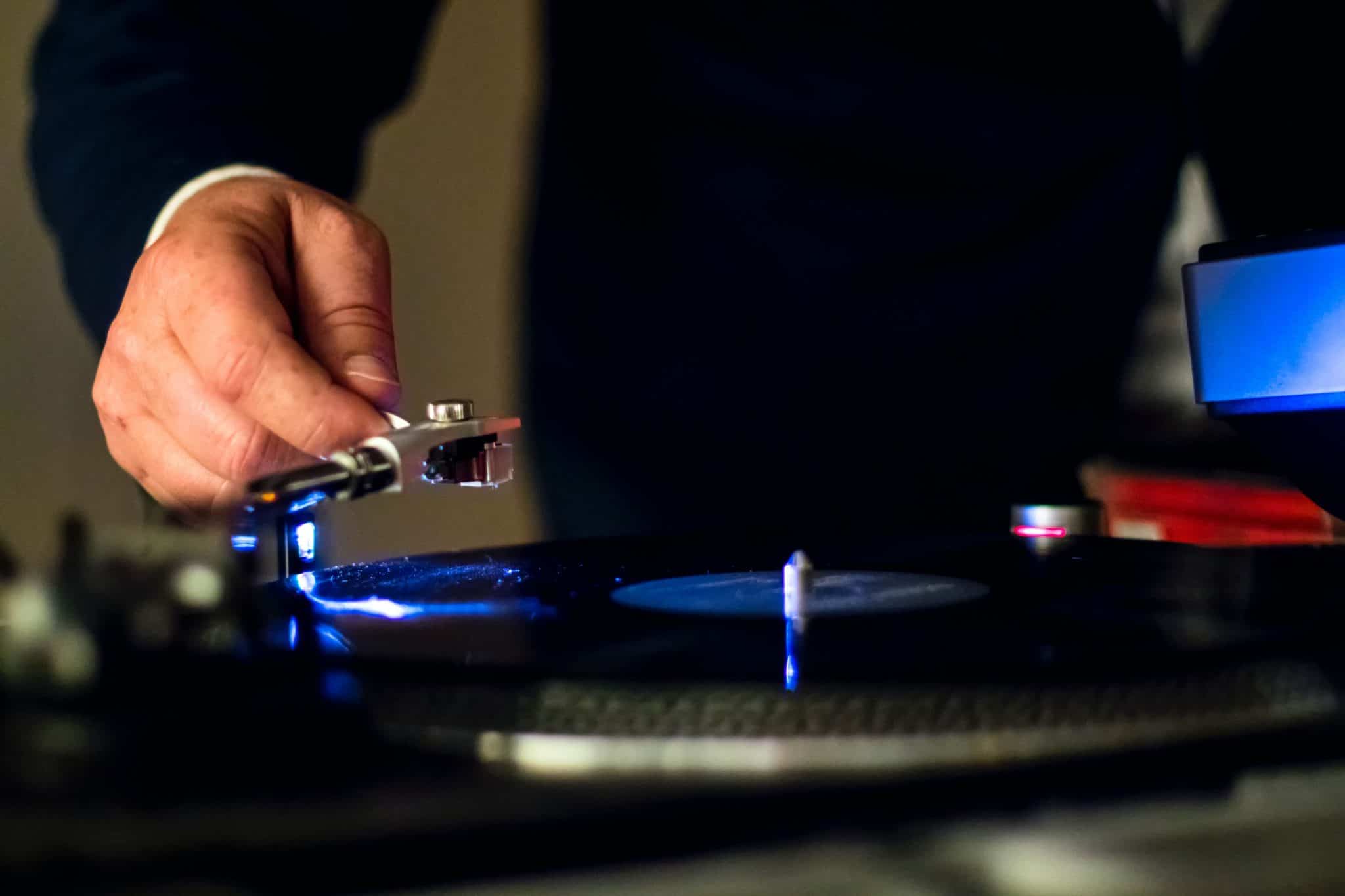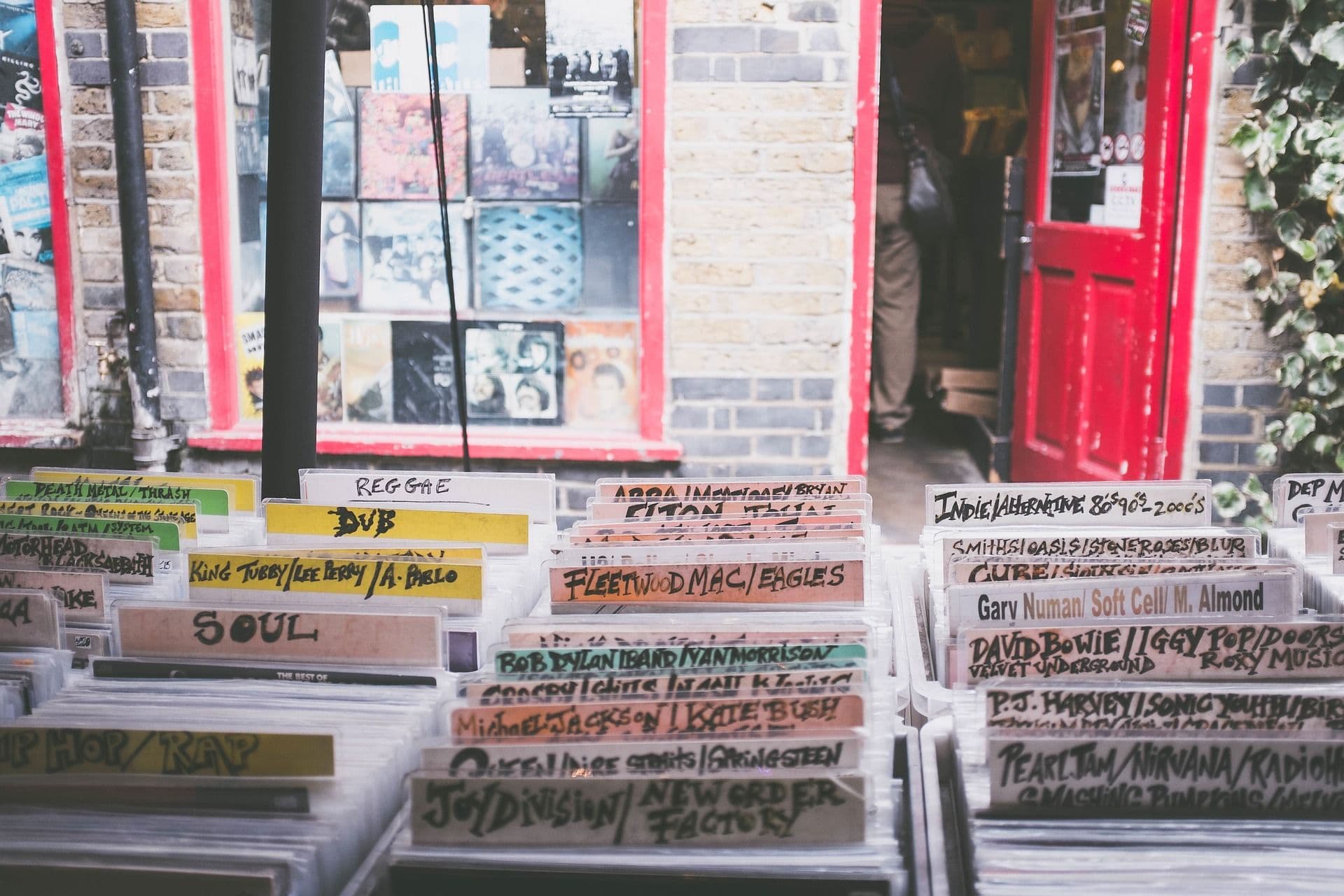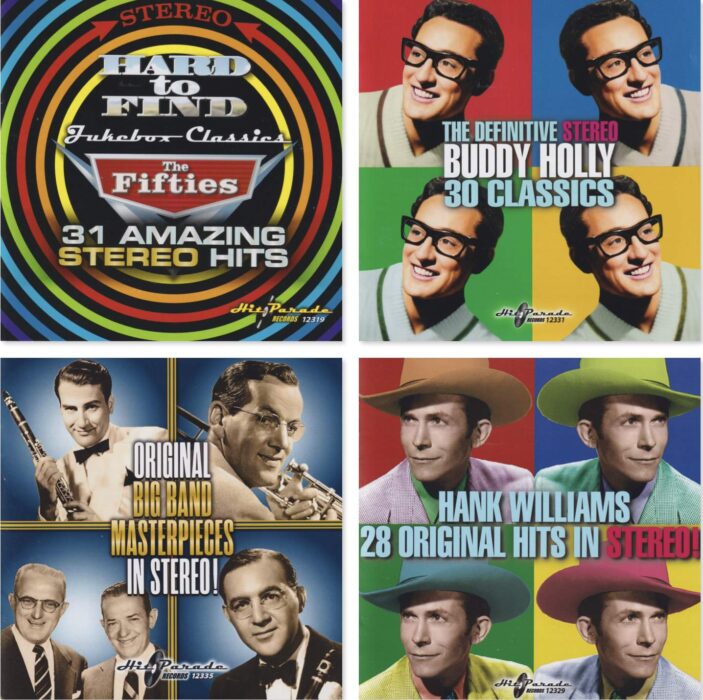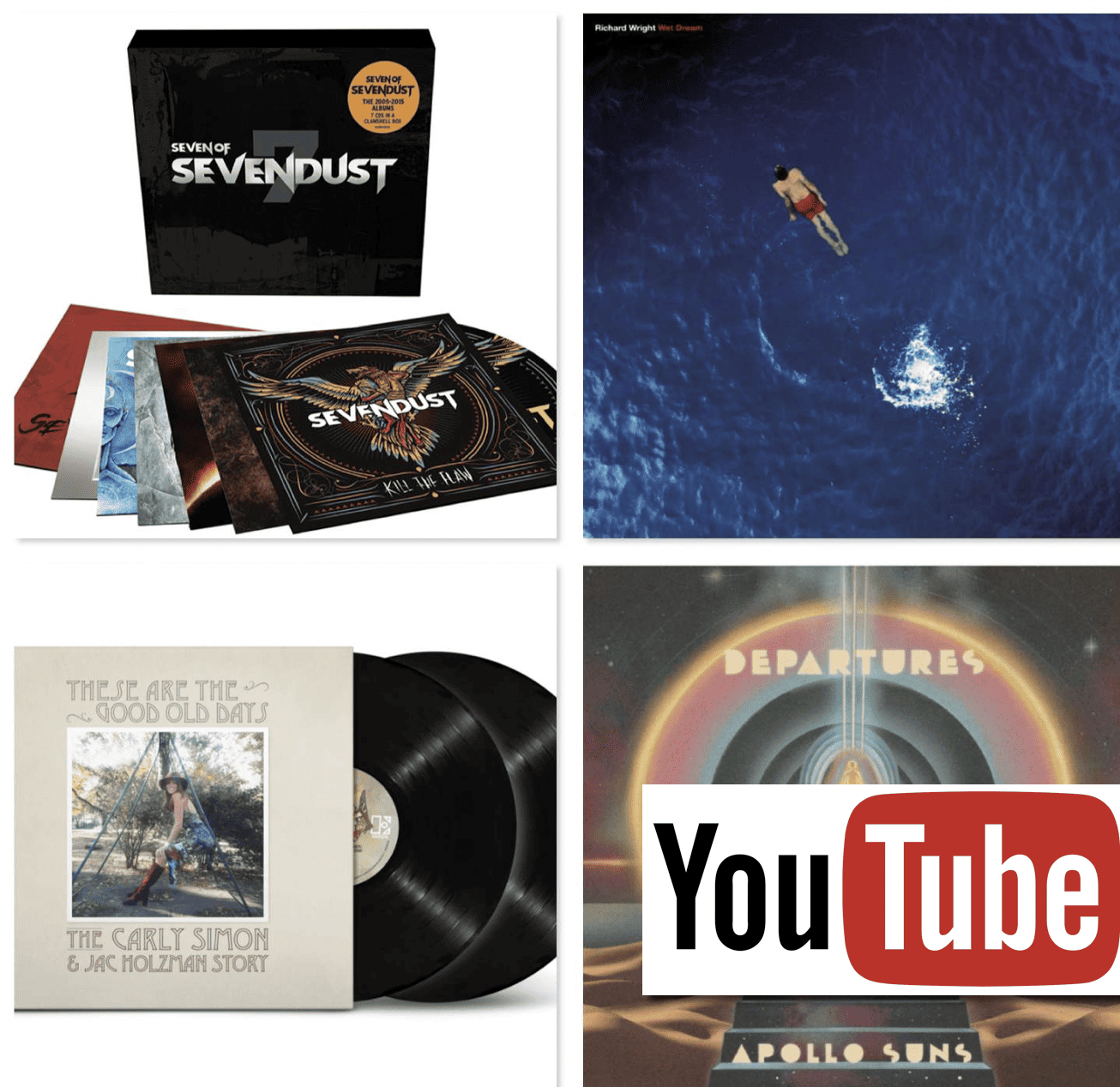The Article
A CASE FOR VINYL [PART 3]
9th July 2021

Let’s get this rambling thing finished, otherwise I’ll be talking about it longer than the last Lockdown
Part three, you might say, of my thoughts on the significance of vinyl. (You can see Part 2 HERE.) We’re, from memory, up to point…
10: IDENTITY
Relating to an earlier point, certain bands are known by the style of their sleeves. They are given a brand, an identity by the sleeve art and because that sleeve art is large, the identity is more significant and noticeable. They become ingrained in musical culture.
Artist, Roger Dean’s fantasy-based landscapes have been used on so many Yes albums that their LPs can be spotted at 30 paces while any Yes-related artist, anyone who even has a tenuous Yes-connection, now uses the same art style.
Punk. Anyone sporting a Jamie Reid sleeve graphic style is given instant cache.
The Grateful Dead? The skull is all over their works. Iron Maiden has tweaked that into an official brand via their Eddie character.
And do I have to mention Dark Side of the Moon?
11: MOOD
Sleeve art again and mood. Unless a band is being purposely satirical (i.e. Throbbing Gristle’s 20 Jazz Funk Greats), a vinyl LP will broadcast the tone of the music at 30 paces, before you even see the band and its title.
There’s no way you will confuse a Carpenters LP with Cradle of Filth or with a newly compiled Eurovision collection, for example.
Finishing on a tangent, founder of Elektra Record, Jac Holzman once said that he couldn’t believe that the record industry threw away its fundamental marketing tool – the sleeve of the 12” album.
12: LOVE MARKS
I kid you not, this is – or at least was – a term used by advertising companies. Vinyl has marks of ownership. Experience. Your CD, your download/stream sound exactly like mine but our vinyl copies do not. I know that there’s a click midway through track two on mine. There isn’t on yours. Our records have travelled with us through our lives. Our records bear the scars.
Oh and despite lots of damage, vinyl often still works. Add a single scratch to a CD or remove a single bit from a download/stream and they’re dead in the water.
13: RESPECT
A turntable is a shrine. Like any spiritual entity, you have to invest in it before it will give back. That changes your psychological position. Ritual actually focuses your attention.
Religions know all about this. You want a great harvest, chum? How’s about a quick sacrifice, then? You want a great life? I want your time and your prayers. You want to feel uplifted? Sing a few of my hymns. You want to play an original Joni Mitchell pressing from the 60s? Then go to the shelf, search and pull it out, pull out an inner sleeve, then the record. Place the record on the turntable, remove bread crumbs and cat hair from the surface, switch on your hi-fi, lift the arm then carefully place it on the outer groove. Then come back in less than 20 minutes and do that last bit again. And then THEN, I might give you all of my music. If you’re a good boy.
You’ve just invested in a moment. That being the case, you’re going to jolly well sit there and hear the fruits of your endeavours, aren’t you?
What investment is there in button pressing on a phone? And then why should you stop to hear it the resultant music?
It doesn’t care. Why should you?
14: THE VINYL SINGLE
It’s arguable that the music charts would never have evolved and achieved a recognition and a level of importance if the vinyl single had never existed.
Just think about that for a moment.
Then think further about the ramifications of the entire music industry. And radio. And TV. And the media. And the other millions of spin offs from the singles and chart industry. That might now, not even have existed.
15: GRAVITAS
Albums are not respected on a streaming platform because they hold no gravitas. Vinyl gives music gravitas. You feel guilty if you physically ‘skip’ a vinyl track.
Streaming albums end up being nibbled at. You play track four, then track nine. Then you dump it for another album, like flicking a TV remote.
You might as well carve out chunks of dried oil paint from the Mona Lisa with a knife to get a taste of that picture. I don’t see a great deal of difference.
THIS IS THE END [BEAUTIFUL FRIEND]
To finish? An extra rambling word about the well worn subject of the Loudness Wars. A brutal conflict associated with the CD format (also downloads and even streaming). One that (mostly…ish) by-passed vinyl.
A war started, not by mastering engineers (they were paid servants and audiophile scapegoats) but by record producers.
Why did it happen? I got this from singer/producer Nick Lowe.
From the 80s, producers could actually see their music output on a computer screen. Producers, for the very first time, could see their music in picture form, as a digital output. And they saw lots and lots of empty space, didn’t they?
They didn’t understand that the space represented dynamic range. Which equalled things like subtlety and sonic contrast.
They thought that filling the space on the computer monitor meant more music. That it produced punch.
They didn’t understand that punch came from the performance. Producers wanted louder music. Because that meant it was noticed. That meant more sales. More money.
Digital started that. Not analogue.
IMAGE CREDITS
Image by Free-Photos from Pixabay
Photo by Brett Jordan from Pexels
Photo by cottonbro from Pexels
Photo by RF._.studio from Pexels
Photo by Dids from Pexels
Photo by Drigo Diniz from Pexels
Photo by Ivan Boban from Pexels
Photo by Jose Antonio Gallego Vázquez from Pexels
Photo by Daria Sannikova from Pexels

![A CASE FOR VINYL [PART 3]](https://theaudiophileman.com/wp-content/uploads/2023/07/pexels-jose-antonio-gallego-vA¡zquez-2275442_result-scaled-1.jpg)
![A CASE FOR VINYL [PART 3]](https://theaudiophileman.com/wp-content/uploads/2023/07/pexels-daria-sannikova-2938205_result-scaled-1.jpg)
![A CASE FOR VINYL [PART 3]](https://theaudiophileman.com/wp-content/uploads/2023/07/pexels-rfstudio-3618352_result-scaled-1.jpg)
![A CASE FOR VINYL [PART 3]](https://theaudiophileman.com/wp-content/uploads/2023/07/pexels-drigo-diniz-1958841_result-scaled-1.jpg)
![A CASE FOR VINYL [PART 3]](https://theaudiophileman.com/wp-content/uploads/2023/07/pexels-brett-jordan-2746823_result-scaled-1.jpg)
![A CASE FOR VINYL [PART 3]](https://theaudiophileman.com/wp-content/uploads/2023/07/pexels-dids-1653090_result-scaled-1.jpg)



Hello Paul, greetings from Canada, I had to comment on this as every now and then I order a lp from the U.K. My latest being Stephen Evens – Employee of the month on coloured vinyl. I know you like prog rock, I would call this post punk power pop, check it out. Cheers.
Will do, thanks Douglas.
Loved every last word of this essay! I truly feel that way about streaming. It’s a good tool for finding new vinyl releases with an idea to sound as well as music. But I am SO glad I never gave up on vinyl since the early 80’s. Buying new records has much less security as it did in the 80’s in regards to a quality press, as there are many warped new pressings I must clamp down with aggression! There are also so many accessories one must buy for truly quiet vinyl playback, that I wish you did a Part 4 to remind folks what they might be experiencing sound-wise and cost-wise at each investment level of vinyl playback (only). Kudos to you as always!
Thanks for your kind words Jeffrey and for your thoughts and, who knows, I might sort a follow up 🙂